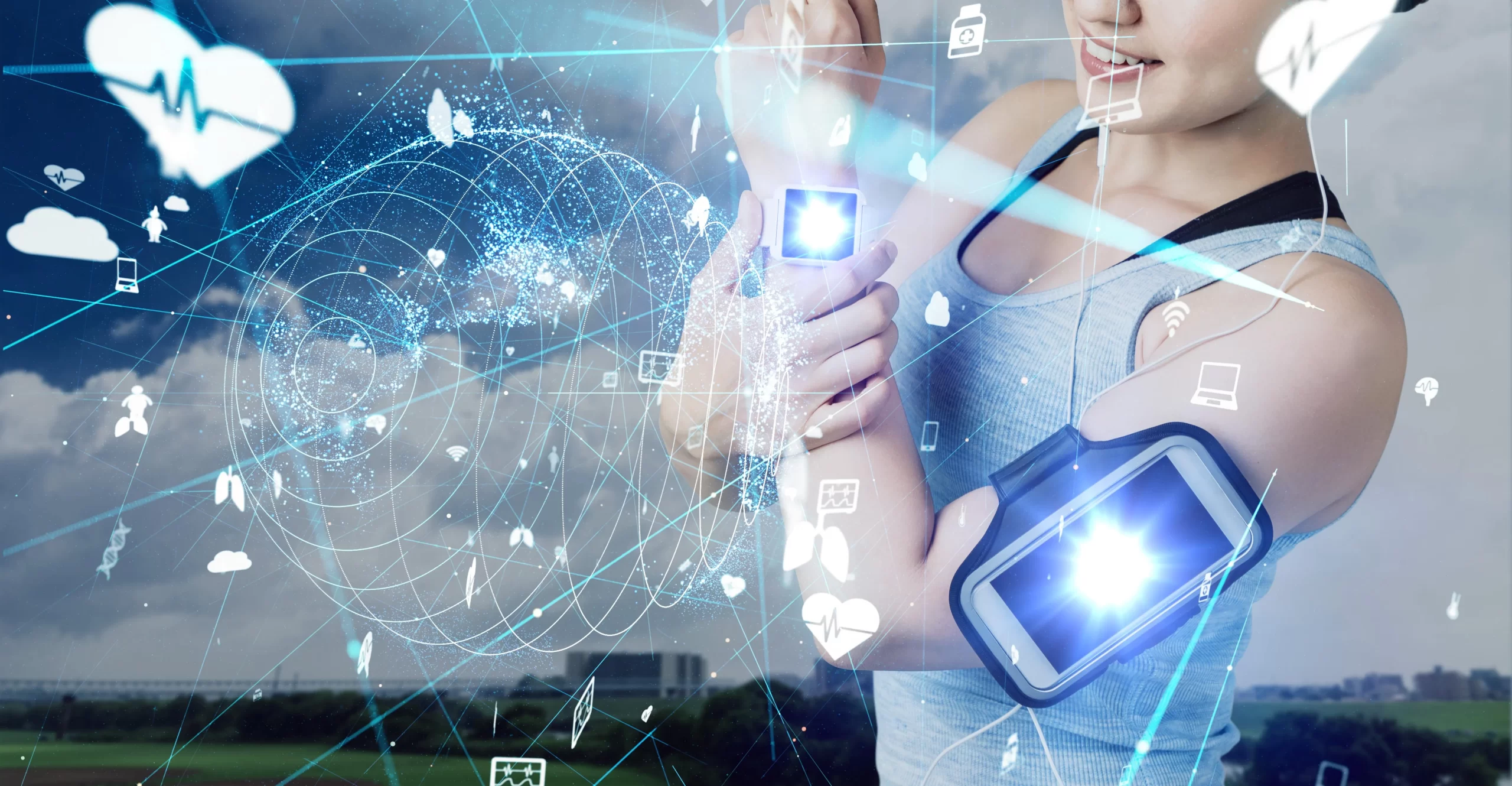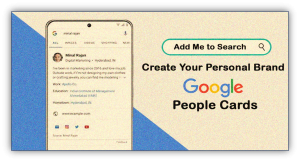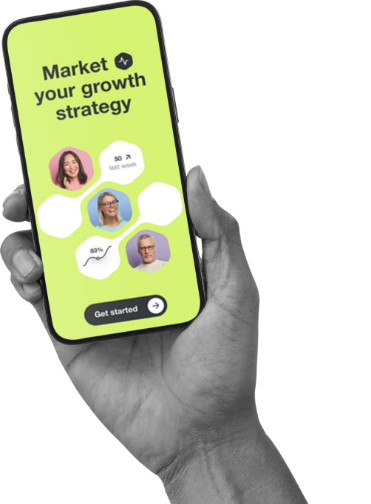Smart technology like computers, tablets, smartphones, and wearables have increased our dependence on them. A few decades ago, the size of computers limited their potential; nevertheless, ongoing technological advancements today allow us to wear cutting-edge technology and utilise it to improve productivity and quality of life. Numerous new opportunities have been created by the newest technologies. Popular wearables like the Apple Watch, Fitbit, Pebble, and Google Glass have inspired developers to make their own wearable devices due to this technology’s potential to alter the playing field in a number of sectors, including banking, tourism, fashion, music, gaming, and education. Many are presently investigating its potential and applicability, particularly in the realm of health and wellness. The integration of cutting-edge technology and the emergence of innovative fitness app development services further contribute to the evolution of wearables, making them powerful tools for promoting a healthy and active lifestyle.
Building mobile apps for wearable devices is not simple. Developers of wearable technology apps have challenges that directly affect how effective the wearable apps become. There are multiple challenges to overcome, including multiple user interfaces and security issues.
Importance of Wearable Mobile Apps
it is a technology that you wear on your body parts or clothing, connected to the internet through smartphones, computers and tablets. Wearables Apps have access to the device’s hardware, which includes sensors, receivers, and other components. They gather data from hardware and, with the help of the network to which they are connected. Then they use it further to generate the outcome they want. The output is usually provided or shown by the device itself.
Overview of challenges that mostly faced it while developing the app. Below is the list of challenges:
- Battery issues
- User interface
- Privacy and security
- Functionality
- Regular updates
- Multi-platform support
- Tethered devices
Benefits of Wearables for Different Industries
Wearable Devices in Healthcare
The usage of wireless medical sensors is not wholly new in the medical industry, as is well recognized. In practice, there are several ways that sensors have been employed in healthcare for a long time. The sensors are almost everywhere and measure everything from body measurements to sleep quality, heart rates respiratory functions, and more. All of a person’s health-related data is stored in a community that they engage with one another to form. As a result, patients and the healthcare workers who provide for them have more control over their medical situations. It can be satisfying enough to get feedback, acknowledgment, and reminders about one’s fitness and health goals, especially with the integration of advanced healthcare app development services that enhance the overall user experience and engagement in personal well-being.
Wearable technology keeps improving with the capacity to monitor physical activity, monitor sleep quality, and collect health data like heart rate or blood oxygen level. Nowadays, there are a lot more options than just recording steps. There are many wearable devices such as wearable fitness tracker, smart health watches and body-mounted sensors to monitor health. These devices have become popular and captured a broad audience over the period of time.
Wearable Gaming Technology
One of the things that got a lot of attention recently is wearable gaming technology. With the first prototypes of modern VR headsets, everything started long ago. Virtual reality headsets are currently one of the most well-liked categories of wearable technology in the gaming business. Wearable haptic technology is the best option for the task since, as was already noted, users want their gaming experiences to improve with each new game release.
- Virtual reality wearables: In the gaming business, virtual reality headsets were one of the sorts of wearables. With the use of VR gaming equipment and eyewear, users may fully immerse themselves in the game. Because of this, gamers’ headgear has been the most important piece of VR gaming equipment up to this point. These wearable VR gaming devices come at a variety of price points, from basic VR goggles that display the simulated 3D game scene to sophisticated motion-control VR headsets that can record and transmit the full range of the user’s head and eye motions.
- Haptic device: The haptics field of research is used in games to encourage touch. Haptics have been used in video game controllers for almost 20 years, but the next attainable goal is to apply this technology to wearable devices.
Games can be made more realistic by using haptic vests, gloves, or suits. Haptic actuators are incredibly thin and small, allowing for exciting digital interactions and new, realistic physical experiences. We should expect haptics to become more practical across a variety of gaming wearable devices as technology improves.
Wearables in Fashion
Smart fashion now includes smart clothing and accessories that blend aesthetics and style with modern technology. Wearables are already being utilized in the fashion business in a variety of ways. Your smart accessories, for instance, can change color to match any outfit you’re wearing, your smart bag can charge other USB devices like your phone, and your purse can switch on internal lights as you open it.
Also Read: Role Of Artificial Intelligence In Wearable Mobile App Development
Challenges During Wearable App Development
1- Building the Use Case
What, when, and why are the three essential problems that every developer must solve. After addressing these three W’s, the concept and design process will be easy to start.
2- Right Platform and API selection
Another difficulty in creating wearable apps is creating one for each platform or for all of them. In addition, a variety of technologies and APIs are available, including those from Apple, Salesforce, and Android. Therefore, it’s critical to select the appropriate platform based on the requirements.
3- User Interface
A new user interface is required. Therefore, creating a wearable application’s user experience (UX) is a challenging task for developers. During the process, a number of factors must be considered, such as display size variations icon compatibility and size, platform support, and a number of other features.
4- Privacy and Data Security
Since wearable technology is still in its beginnings, security issues are to be expected. Wearable tech products need various synchronization or third-party tools or features to connect with mobile apps on Internet-enabled devices because they are unable to connect to the Internet on their own. Many wearable apps have data privacy breaches every single day.
5- Tethering
Due to their limited functionality and small screens, wearables are typically connected devices rather than separate electronics. They cannot access all of an application’s features without using other, larger devices. They, therefore, become almost worthless if the tablets or smartphones to which they are connected have a low battery or simply stop working.
6- Features and Functionality
Every Wearable app’s main objective and greatest hurdle is “ease of use and mobility”. developers should make sure that the functionality of wearable technology is simple for beginners to utilize.
Future Trends in Wearable Mobile App Development
The future of wearable technology will include both achievements and failures. The design of wearable technology will probably be as simple as that of cell phones when they first gained popularity. As wearable technology becomes less obvious, it will grow in popularity, with the appearance becoming either simple or elegant like clothing or jewelry. In this evolving landscape, the focus on energy harvesting and medical wearables suggests a growing need for innovative wearable app development services to cater to the changing demands and functionalities of these devices.
- Energy harvesting: The battery life of wearable technology has also improved. Taking to remove your watch to charge it is annoying. These devices, which generate electricity from body heat, motion, or solar energy, could be the future of energy harvesting.
- Medical Wearables: The market for medical devices that record biometrics in real-time is already huge. There is a strong possibility that wearable technology will keep developing new ways to track our health. Companies are already looking into diagnostic wearables that can track, identify, and provide treatments like insulin. Other companies are researching how to put sensors under the skin to check blood oxygen levels and monitor important signs. For those suffering from ongoing illnesses, this would be significantly beneficial.







